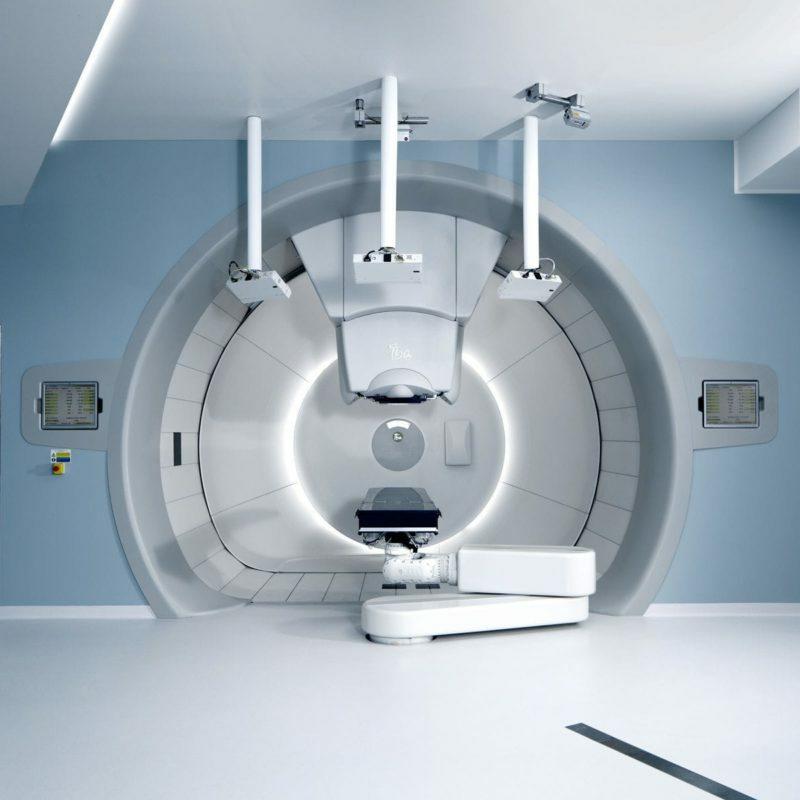Particle therapy represents a cutting-edge advancement in cancer treatment, offering hope and precision for patients worldwide. Unlike traditional radiation therapies, particle therapy uses particles such as protons and carbon ions to target tumors with remarkable accuracy, sparing surrounding healthy tissues from damage. This targeted approach has transformed oncological care by improving treatment outcomes and reducing side effects. As the global healthcare landscape evolves, the adoption of particle therapy continues to gain momentum, supported by ongoing clinical research and technological innovation.
Understanding the Mechanism of Particle Therapy in Oncology Treatment
Particle therapy employs charged particles—primarily protons and carbon ions—to deliver radiation doses directly to cancerous cells. The physical properties of these particles allow them to deposit the maximum energy at a precise depth within the body, characterized by the Bragg peak phenomenon. This distinctive energy deposition provides high-dose radiation strictly at the tumor site while minimizing exposure to adjacent healthy tissue. Such accuracy is especially beneficial for treating malignancies located near sensitive organs or in pediatric patients, where traditional X-ray radiation poses significant risks.
The mechanism of particle therapy enhances DNA damage in tumor cells, reducing their capacity for repair and thereby increasing the likelihood of tumor control or eradication. Moreover, carbon ion therapy, with its higher biological effectiveness compared to proton therapy, is highly effective against radio-resistant tumors. These scientific advancements have spurred continued interest in particle therapy as an essential alternative and complement to conventional radiation methods.
Exploring the Clinical Applications and Advantages of Particle Therapy
Particle therapy has proven effective across a broad spectrum of cancer types, including head and neck cancers, brain tumors, lung cancers, and pediatric malignancies. Its precise targeting capability is crucial for tumors that are difficult to treat with surgery or traditional radiation due to proximity to critical structures. The reduced collateral damage results in fewer side effects, improved quality of life, and better overall survival rates.
Additionally, particle therapy facilitates the possibility of dose escalation, allowing clinicians to increase radiation intensity to the tumor while maintaining patient safety. Several studies have demonstrated its superiority in local tumor control and decreased risk of radiation-induced secondary cancers. These advantages create compelling clinical indications for particle therapy in both primary treatment protocols and in managing recurrent cancers where other treatments have failed.
Navigating the Growing and Insights on Particle Therapy
The particle therapy sector is experiencing significant growth globally, driven by rising cancer prevalence, increased investment in healthcare infrastructure, and progressive technological advancements. Recent research reports provide in-depth market insights, highlighting trends such as the expansion of proton therapy centers, evolving regulatory frameworks, and the surge in carbon ion therapy adoption. These trends emphasize the strategic importance of particle therapy in developing comprehensive oncology treatment portfolios.
Market analyses reveal that regions with higher healthcare expenditure and favorable reimbursement policies are witnessing accelerated deployment of particle therapy facilities. Moreover, collaborations between medical equipment manufacturers and healthcare providers are fostering innovation in treatment delivery systems, patient monitoring, and data analytics. Stakeholders across the ecosystem are closely monitoring such developments to capitalize on emerging opportunities in this specialized therapeutic area.
Commercial Perspectives on Investment and Opportunities in Particle Therapy
Investment in particle therapy serves as a promising avenue within the healthcare industry due to its clinical efficacy and expanding patient base. Facilities equipped with particle accelerators represent significant capital investments, but their ability to offer state-of-the-art treatments attracts patients and referrals from a wide geographic area. Furthermore, ongoing advancements in compact and cost-effective particle therapy systems are lowering barriers to entry, enabling expansion into previously underserved markets.
The commercial landscape features dynamic partnerships between technology innovators, cancer centers, and funding institutions aimed at scaling particle therapy access. Emerging business models focus on precision oncology services integrating particle therapy with diagnostic innovations and personalized treatment planning. Market stakeholders are also emphasizing educational initiatives and training programs to cultivate specialized expertise necessary for operating these advanced treatment modalities efficiently.
How to Access Comprehensive Analysis on Particle Therapy Technologies
For healthcare professionals, investors, and policymakers seeking detailed information on particle therapy market dynamics, reliable research documents offer valuable analytical data on market segments, competitive landscapes, and future growth forecasts. These reports serve as essential navigational tools, guiding strategic decision-making and resource allocation in the particle therapy domain.
Such comprehensive market intelligence includes data on treatment adoption rates, patient demographics, reimbursement frameworks, and technological innovation pipelines. Access to updated analyses enables stakeholders to benchmark performance, identify emerging trends, and evaluate the impact of regulatory changes across different regions. This helps facilitate informed planning, promoting the widespread adoption and integration of particle therapy in cancer care worldwide.
Future Outlook and Research Advances in Particle Therapy Modalities
The future of particle therapy is poised for transformative breakthroughs, driven by ongoing research in particle physics, imaging integration, and artificial intelligence-assisted treatment planning. Hybrid approaches combining particle therapy with immunotherapy or chemotherapy are under clinical investigation, aiming to unlock synergistic treatment effects. Furthermore, innovations such as ultra-high dose rate (FLASH) radiation delivery promise to further enhance the therapeutic ratio, improving patient tolerance and outcomes.
Emerging research also focuses on miniaturizing particle accelerator technologies, making these treatments more accessible across varied healthcare settings. As scientific understanding deepens and infrastructure grows, particle therapy is expected to become a standard pillar in precision oncology, significantly improving prognoses for many cancer patients worldwide.
Get This Report In Japanese language: 粒子線治療
Get This Report In Korean language: 입자 치료
Read more articles related to this industry:
Azelaic Acid in Dermatology: Medical Applications and Treatments
About Author:
Money Singh is a seasoned content writer with over four years of experience in the market research sector. Her expertise spans various industries, including food and beverages, biotechnology, chemical and materials, defense and aerospace, consumer goods, etc.
(https://www.linkedin.com/in/money-singh-590844163)
#ParticleTherapy#RadiationTherapy#coherentmarketinsights#CancerTreatment#ProtonTherapy#MedicalPhysics#AdvancedOncology
